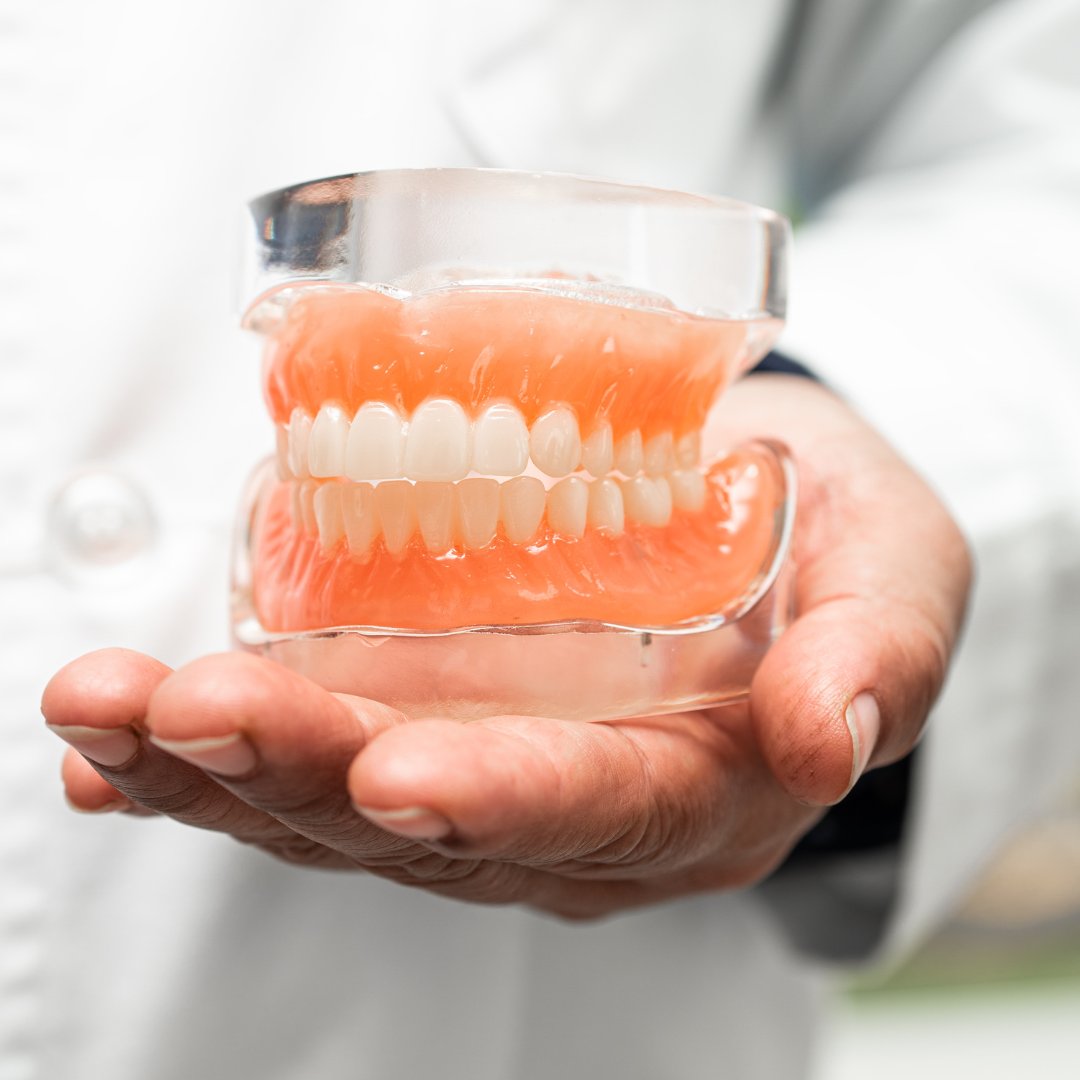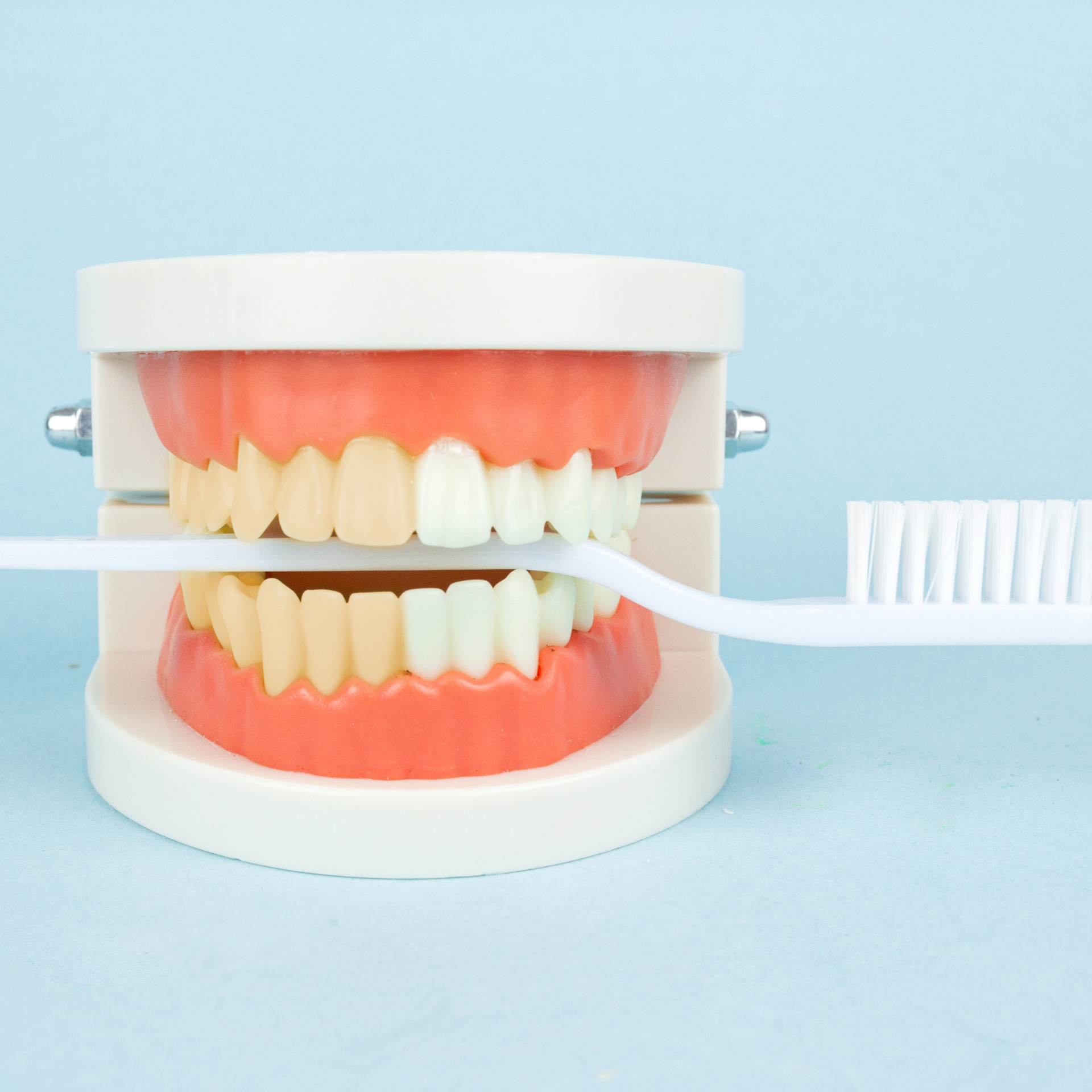Are Molars and Wisdom Teeth One and the Same?

The world of dentistry can be a maze of terms and toothy mysteries, and one common source of confusion is the distinction between molars and wisdom teeth. Are they interchangeable, or do they have distinct roles in our dental lineup? Let's embark on a journey through dental anatomy to uncover the truth.
Understanding Molars:
The Powerhouses of Chewing
Molars are a type of tooth characterized by their broad, flat crowns with multiple cusps designed for grinding and chewing food. Typically, adults have a total of 12 molars—three on each side of the upper and lower jaw. They play a crucial role in breaking down food into smaller, digestible particles.
Molars are further categorized into:
First Molars:
These are the earliest molars to emerge and are often referred to as the "6-year molars."
Second Molars: Positioned behind the first molars, they usually appear around the ages of 11-13.
Unraveling the Mystery of Wisdom Teeth: The Third Molars
Now, let's introduce the enigmatic wisdom teeth, scientifically known as third molars. Wisdom teeth are the last set of molars to erupt, typically emerging in late adolescence or early adulthood—between the ages of 17 and 25.
Distinguishing Between Molars and Wisdom Teeth
While all wisdom teeth are molars, not all molars are wisdom teeth. The key distinctions lie in their position and eruption timeline:
Location: Wisdom teeth are the furthest back in the mouth, one at the end of each quadrant. In contrast, the first and second molars are closer to the front of the mouth.
Eruption Time: Wisdom teeth tend to erupt later in life, often causing a bit of a stir as they make their entrance during early adulthood.
The Wisdom Tooth Conundrum: To Extract or Not to Extract?
Wisdom teeth don't always emerge without complications. Due to factors like insufficient space, misalignment, or impaction, they may need to be extracted to prevent issues such as crowding, pain, or infection.
Conclusion: Molars and Wisdom Teeth – A Unified, Yet Distinct Ensemble
In essence, wisdom teeth are a unique subset of molars, serving a similar function in the chewing process but distinguished by their later eruption and specific location at the back of the mouth. Understanding this dental duality allows for better oral health management and informed decisions regarding dental care.
As with any dental matter, consulting with your dentist is crucial. Regular check-ups and discussions about your dental anatomy can help tailor a plan that ensures the health and longevity of your entire toothy ensemble, from the incisors to the molars and, yes, the mysterious wisdom teeth too. Embrace the complexities of your dental landscape, and let your radiant smile shine through!











